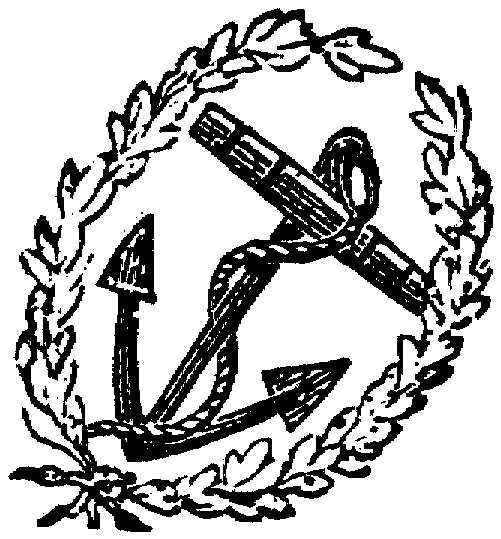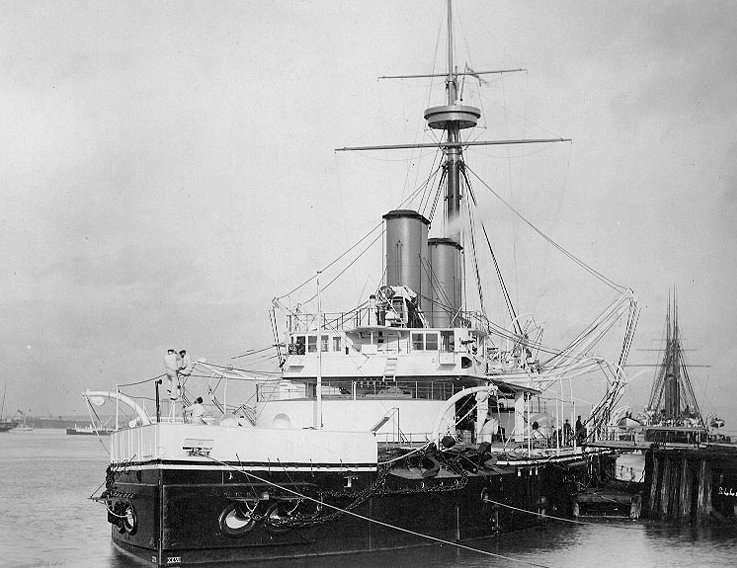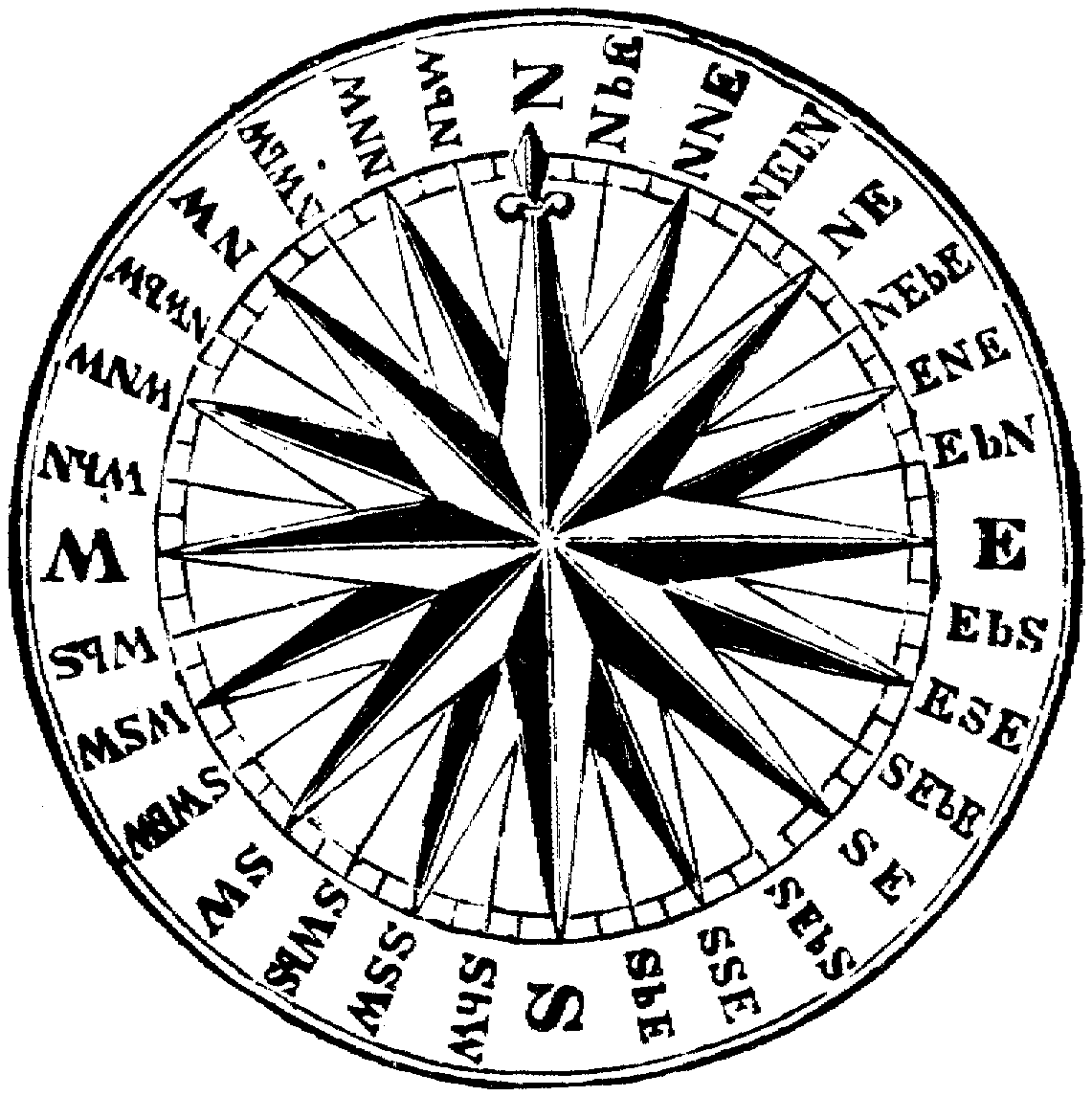|
Damn
Battleships Again
A New Approach to Pre-Dreadnought
Naval Games
by
Peter
Hunt
This
is a set of wargames rules for pre-dreadnought naval battles between 1890
and 1913 … prompted by the re-discovery of some 30 year-old 1/1200
models
When
I read the introduction to Phil Barker’s latest set of rules “Damn
Battleships Again,” (or DBSA,) my little wargamer’s heart skipped a
beat. Why?
Because just like Mr. Barker I too have some 30 years old 1/1200
models ~ which have mostly been sitting under, rather than on, my wargames
table for those years because I couldn’t find or write a decent set of
rules. It seems that Mr. Barker
and I have been seeking the same Holy Grail for the last three decades.
The Grail is of course an accurate, fun, quick and simple set of
rules ~ a very rare thing indeed, and something to treasure if you find it.
With DBSA I think Mr. Barker has done a great job so far and almost
has the chalice in his hands.
Naval
wargames have lots to commend them. They
are easy to set up, all you need is a blue cloth and the ship models and
away you go. Ship models are
available in many scales, from 1:600 to 1:6000 with prices to match.
Naval battles and the ships are well documented, so, if you like,
scratch-building your own ships is easy.
Depending on the scale you use it is perfectly possible to field
whole fleets on a 1:1 scale, something that is rarely possible for the land
wargamer. Campaigns are also
easy. So, if you are interested
in wargames, ships and the sea there are lots of opportunities.
 The
“Pre-Dreadnought” period has a special charm because of the odd ball
nature of the ships concerned. In
the Ancient period there is not much difference between a Greek trireme and
a Persian trireme. The same is
true for a French or British Napoleonic First Rate, or British or German
World War One Dreadnought. This
is because in these periods the dominant technology was settled and
relatively perfected. Between
1860 and 1905 however the technological change was immense.
Warships developed from wooden vessels, relying on sails assisted by
auxiliary steam engines for propulsion and equipped with smooth bore, muzzle
loading guns, to armoured steel “dreadnoughts” with five times the
tonnage, five times the speed, and breach loading rifled guns firing shells
to 30 times the effective range as their predecessors of only 45 years
before. The
“Pre-Dreadnought” period has a special charm because of the odd ball
nature of the ships concerned. In
the Ancient period there is not much difference between a Greek trireme and
a Persian trireme. The same is
true for a French or British Napoleonic First Rate, or British or German
World War One Dreadnought. This
is because in these periods the dominant technology was settled and
relatively perfected. Between
1860 and 1905 however the technological change was immense.
Warships developed from wooden vessels, relying on sails assisted by
auxiliary steam engines for propulsion and equipped with smooth bore, muzzle
loading guns, to armoured steel “dreadnoughts” with five times the
tonnage, five times the speed, and breach loading rifled guns firing shells
to 30 times the effective range as their predecessors of only 45 years
before.

HMS
Dreadnought (battleship launched in 1875) in port
During
this period of great change ships were often obsolete soon after they were
launched, and sometimes even before they hit the water.
Applying the technology was also a conundrum.
Guns could defeat the armour of ships, so was the answer to build
ships with even more armour, or was armour pointless and should be left off
altogether? Guns were usually
inaccurate and slow firing so would other weapons like the new torpedo or
even the ship itself using its ram be decisive?
But even these imponderables were a moving target because of the pace
of technological change. The
penetration of a 12” gun increased threefold between 1870 and 1890 but
likewise the change from iron, to compound (iron and steel,) to steel and
later hardened steel armour increased the protection of ships fivefold.
Rate of fire, especially for small and medium calibre weapons,
increased dramatically in the 1890s but the range of the torpedoes carried
on the torpedo boats that many of the quick firers were directed against
increased form 400 yards to 4,000 yards in the period.
Engines gradually became more efficient but, although sails could be
dispensed with on coast defence and coast assault ships by the 1870s, a lack
of overseas coaling stations led many powers to retain sails on their
cruising ships until the end of the 1890s.
The result of all this was a “fleet of samples” as designers of
all nations tried to resolve the technological tactical and doctrinal issues
of the day. Thus, whilst in most
other periods you have “classes” of several identical ships, for the
pre-dreadnought period, especially before 1890, one or two offs were the
normal production run of ships.
Transfer
this to the realm of wargames and you have ships that are fun to build and
paint, because they are unique, and difficult to use together because of
their disparate characteristics.
And
so to the rules. What has Mr.
Barker done? As you can see here
DBSA
is still very much a work in progress but essentially he has applied the top
down “DBX” approach to naval wargames, and it works.
Command and control depends on the pip (or NIP) dice score, although
everyone gets to move no matter how bad your dice, and the movement is
simple with no rulers required. The
combat system is both quick, and to my mind, accurate, using the familiar
DBX system of a factor plus dice with different effects for a higher score
or double. Range effects and
armour penetration are covered by using different factors at different
ranges.
As
is common with most of Mr. Barker’s rules he pays a lot of attention to
time of day and weather conditions, both vital in naval games.
Interestingly he is also working on the characteristics of the crews
and commanders. Again I think
this is vital. In naval periods
where ships are very similar – such as the Ancients or Napoleonics we
mentioned above – crew quality giving differences in manoeuvrability and
fighting ability is the main factor in deciding defeat or victory, and thus
a central part of the rules. However
once you get to 1860 this disappears from practically all rules.
I think that this is because most modern naval gamers are obsessed
with accurately modelling the difference in stopping power between 11” and
12” armour, or the difference in penetration between a 45 calibre gun and
a 50 calibre gun, but forget that battles like Lissa, Manila Bay, Santiago,
Tsushima, Coronel and Sirte were decided by the quality of the crews more
than by the qualities of the ships. Mr.
Barker’s rules are still very tentative on this but I look forward to them
taking shape.

HMS
Furious (Cruiser Second Class) photographed circa 1890
Unable
to resist tinkering I humbly present some amendments to DBSA here.
An appendix, containing the statistics of current list of ships from 10 or
so navies can be found here.
I’ve been in correspondence with Mr. Barker on my ideas, some he
likes and has incorporated, most he doesn’t, but I don’t blame him.
What he is trying to do is present a generic set of rules for the
period 1890 to 1913 when the final form of pre-dreadnought ships was
becoming standardised. I don’t
have a problem with this and if I was starting to game in this period I
would buy the fleets for
Tsushima
in 1:2400 or 1:6000 scale and
use DBSA straight off. But my
fleets started off with ships from 1860 to 1900 in 1:1200 and I wanted to
use all of them, hence I use specific rather than generic values for the
ships. On the rules themselves
I’ve added to the system only in the use of torpedoes and ramming which I
think DBSA does not reflect properly yet.
Most of the rest of the nine pages consists of one-off rules that
reflect the special characteristics of special ships.
These are not vital to play but if I am going to all the trouble of
scratch building on unusual ship I want its odd characteristics to be
reflected as long as these don’t damage the flow of play.
At the risk of flattering myself the amendments can be summed up by
saying that Mr. Barker is developing a DBA for ships whilst I am (naively
probably) aiming at DBM for ships!
Finally,
as I mentioned above, one attraction of naval games is the ease of
campaigns. With no terrain to
worry about movement is simple. Campaigns
put table top games into a context that makes them more interesting than any
“equal points” game. Obviously
an umpire is the best way to sort out hidden movement but whilst I was
surfing the web in search of pre-dreadnoughts I came across the
“Aeronef” website which covers Victorian Science Fiction Airship combat
of all things! Each to his own,
though, because if they hadn’t used the names of British warships I would
never have found them and I would have missed the little gem of a playing
card based system that allows for hidden movement without an umpire.
I’ve developed it specifically for DBSA here,
but the basic concept is applicable to any wargames period, land or sea, so
even if you are not into pre-dreadnought games it might be worth a read.
Using
this system four of us fought a Mediterranean-wide campaign involving 85
ships. Over 12 hours of play,
(much of which was spent demolishing an exquisite side of beef roasted by
Jeff,) we generated and fought to conclusion a cruiser stern chase and three
fleet actions. We had a lot of
fun but the important point is no other naval set of rules I know would have
got us through four table games in 12 hours and still leave lots of time for
map moving.
The
proof of the pudding, they say, is in the eating.
My own opinion is that DBSA tastes very nice already and it can only
get better. Jeff had never even
played a post-ACW naval game before I introduced him to the first version of
DBSA but he was instantly smitten. Since
then he has built most of the Turkish, Greek and Italian navies!
How about that for a ringing endorsement?
So, if you have a fleet that has been neglected for 30 years; or
you’ve always had an interest in pre-dreadnoughts but have never done
anything about it; or you’ve never played a naval game before but are
willing to try anything once; now is your time … try DBSA.

back to other
periods
|